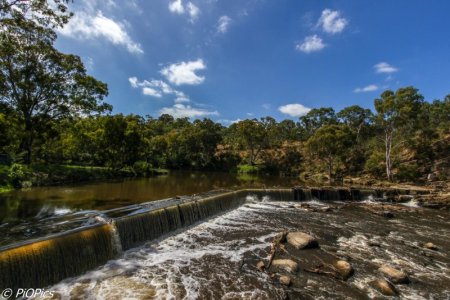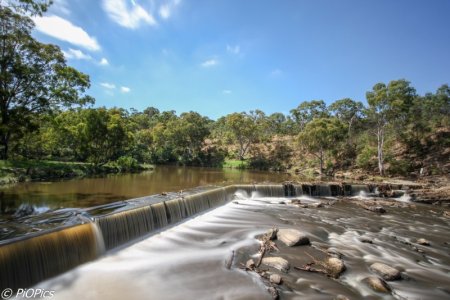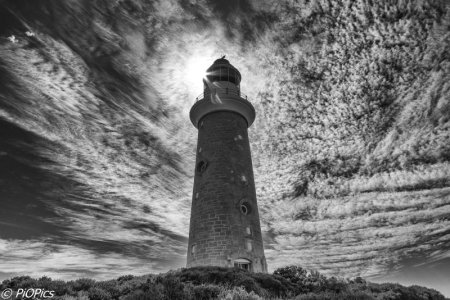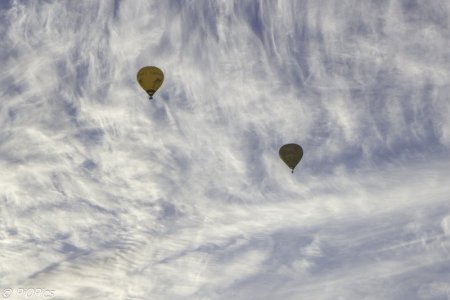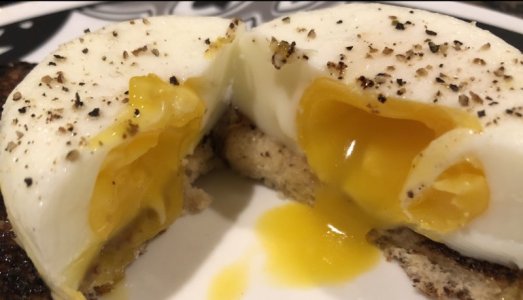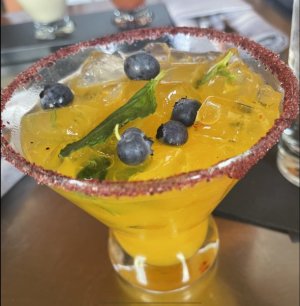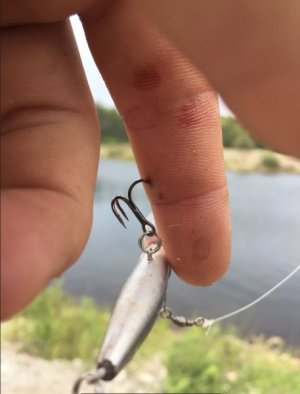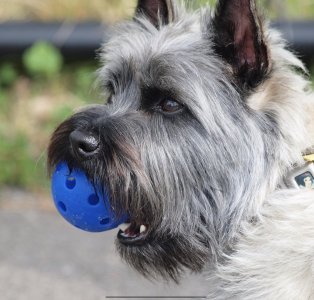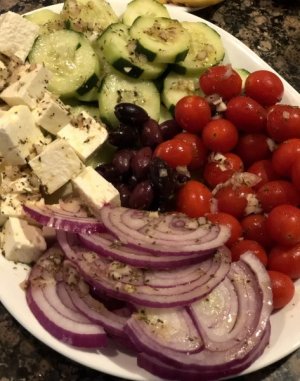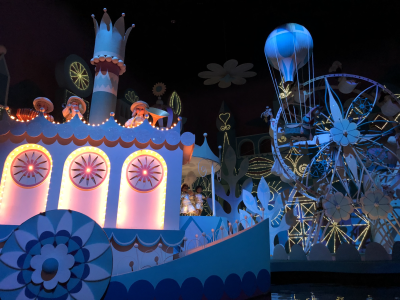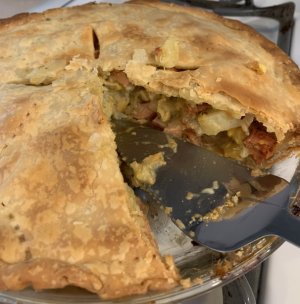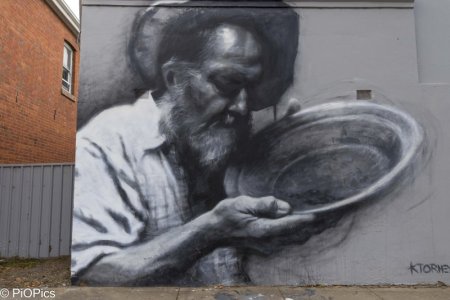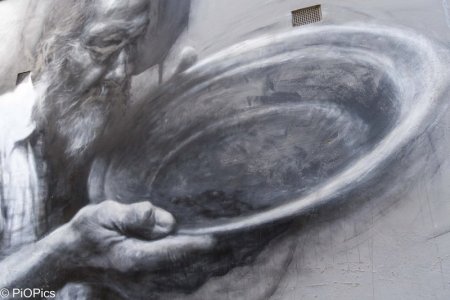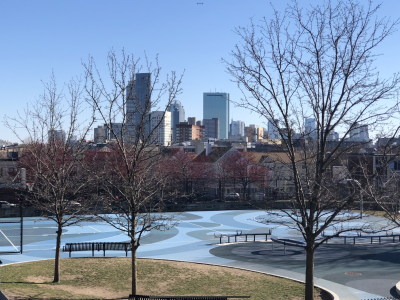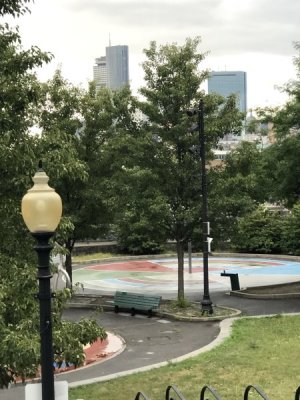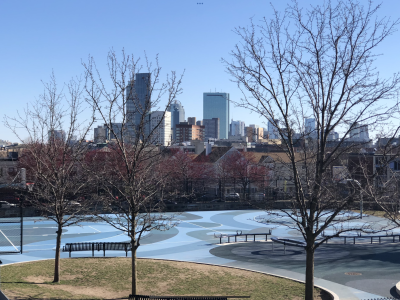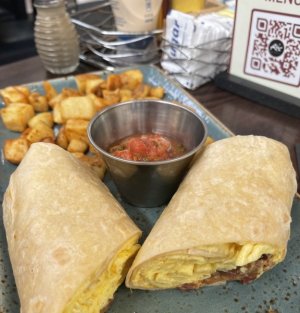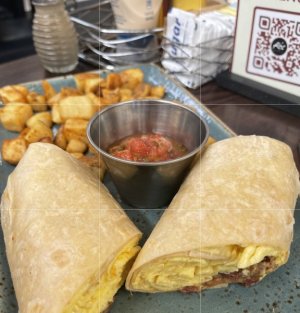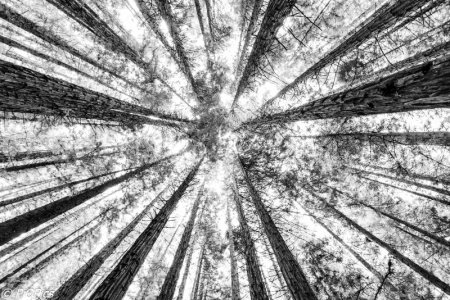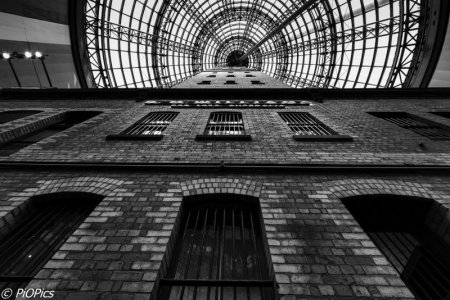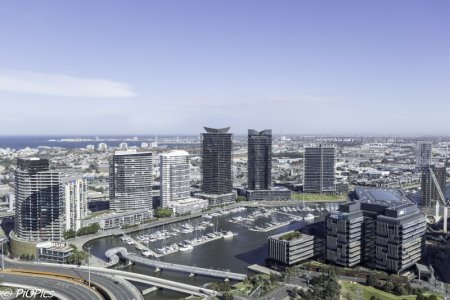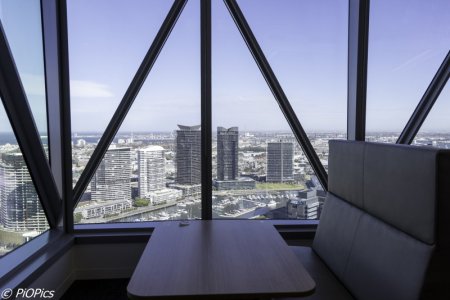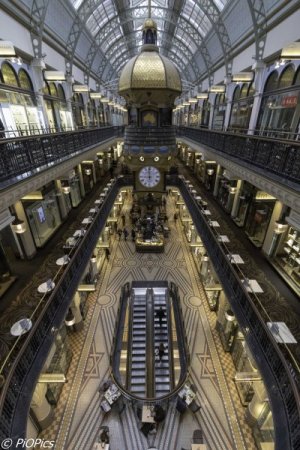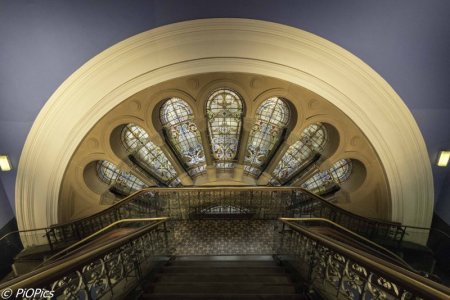By coincidence, I was giving photography advice to my son and his girlfriend yesterday for the Switzerland trip they have planned to celebrate her graduation. A lot of that discussion was about perspective. Here are some of the key points I made.
Photographers sometimes use the phrase "zooming with your feet." I don't like the phrase because it confuses two very different things. Zooming is similar to cropping. Nothing about the picture changes accept the field of view. If you "zoom with your feet", you move towards or away from your subjects that their relative positions and apparent sizes change.
If you to take a picture of a person while showing them in the context of their surrounds, use a wide lens and get close to your subject. Here is an example that shows my son while also showing that he's at Lover's Point Beach in Pacific Grove, CA. Even if you don't know the area, you can clearly see that he's on a beach surrounded by hills and low cliffs as opposed to something like a Florida beach. I took this picture with a really wide lens, camera held low, and then running along with him shooting blind.
Canon 1D Mark II, 17mm, f/8, 1/1000s, ISO 200
Here is another picture taken on the same outing, but with a telephoto lens. Notice that you see very little about the environment he is in.
Canon 1D Mark II, 115mm, f/5, 1/1600s, ISO 200
Incidentally, people often talk about wide angle lenses distorting faces. They don't. What gives that faces a distorted look is getting the camera extremely close to the subject.
Another thing that is different between shooting close and wide or far and zoomed is how compressed things look in the picture. Looking back at the top picture, the bay looks much bigger than it did in person. The wide angle view makes distant subjects look much further and smaller than they do in reality. The opposite is true when using a long focal length.
This is an example of a wildflower photo I took of my boys. Many years during the spring, my wife and I would find a good strip of wildflowers along the road and invite a bunch of friends to join us for a photo shoot. I stood so far back that I had to communicate with my wife by walkie-talkie during the shoot. By standing way back (and on a step stool), it gave the impression that there tons of flowers all tightly packed together and by cropping the picture carefully to avoid showing the areas past the wildflowers, it gave the impression of an endless field of flowers. The reality was that there was a road 5 feet to the left of the picture and a line of trees and a walking path 5 feet to the right and the flowers weren't really all that densely packed.
Canon 5D Mark III, 300mm, 1/200s, f/5.6, ISO 100.
The lesson is that if you want things to feel closer together, back away from your subject and zoom in. If you want a greater sense of space, walk closer and zoom out.
You can also use perspective to manipulate how your viewer sees your subject. When you shoot down on people, they look smaller. When you get low and shoot up at them, they look larger. That's why I feel it is very important to try and get down to a child's level when you are taking pictures of them. Here are two extreme examples of my son.
In this picture, I'm standing over him looking down. It emphasizes his diminutive stature. It's not a particularly good picture, but it really communicates that you're looking at a child.
Canon 1D Mark II, 17mm, f/11, 1/250s, ISO 100
This picture, taken moments later, makes him look like a giant, towering over the viewer.
Canon 1D Mark II, 17mm, f/9, 1/250s, ISO 100


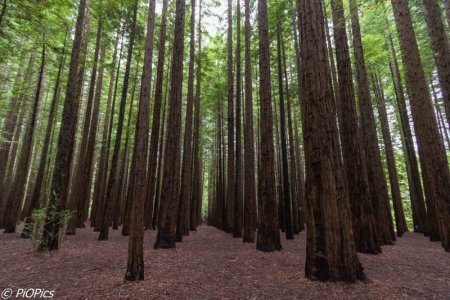
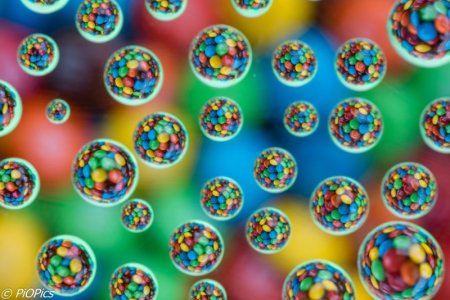

 n
n




 n
n